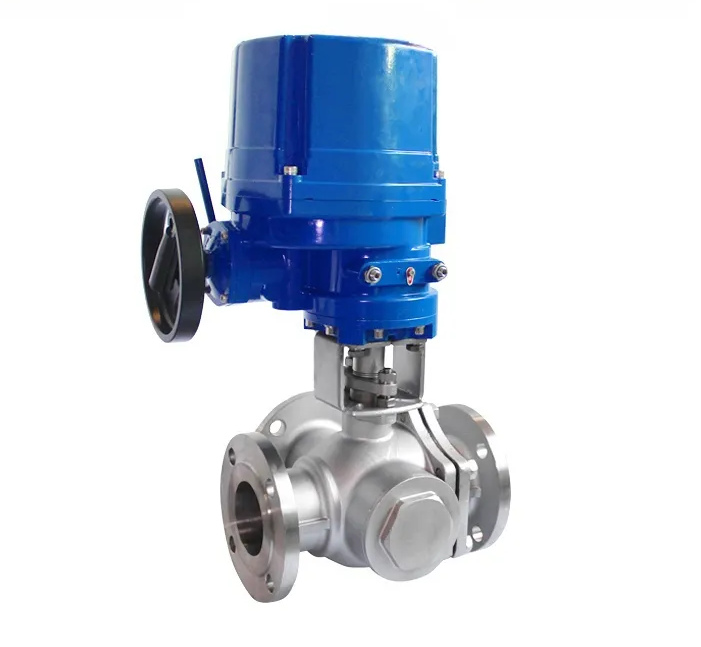QT-Q-TF Electric Actuator 3 Way Flange Ball Valve
The Electric Actuator 3 Way Flange Ball Valve combines a full-bore flanged body and high-torque electric drive for precise flow diversion or mixing, providing stable control under 40 bar and 180 °C, verified by API 598, ISO 5211, and CE certifications.
Technical Specifications
| Size Range | DN15–DN200 (½”–8″) |
| Working Pressure Range: | PN10–PN40 (Class 150–300) |
| Working Temperature Range: | -20°C to +180°C |
| Body Material: | Stainless Steel (CF8 / CF8M) or Carbon Steel (WCB) |
| Connection Type: | Flanged End (ANSI, JIS, DIN) |
| Applicable Medium: | Water, Air, Oil, Steam, Acid, Alkali |
| Actuator Type: | Electric Quarter-Turn Actuator |
| Voltage Options | AC220V, AC110V, AC380V, DC24V |
| Design Standard | ISO 5211, GB/T 12237, ASME B16.34 |
| Testing Standard | API 598, EN 12266-1 |
| Fire-Safe Design | API 607 / ISO 10497 (Optional) |
| Certification | CE / ROHS / ISO / SIL / TUV /IP68 Waterproof |
| Customization | Above Are Standard Parameter Samples. If You Have Specific Parameters And Materials, We Can Customize Them All. |
Product Drawings

Comprehensive Technical Drawing (Dimensions & Structure)
Product Benefits & Features
Flow Control & Efficiency
• The motorized 3 way flange ball valve enables accurate flow diversion and mixing in automated systems.
• Full-bore design reduces pressure loss and improves flow efficiency.
• Electric actuator delivers stable torque and quick response for precise regulation.
• Supports efficient fluid control in industrial pipelines.
Durability & Reliability
• The electric flanged 3 way valve uses stainless or carbon steel for corrosion and impact resistance.
• PTFE or RPTFE seats ensure tight sealing under high pressure and temperature.
• Fire-safe design (API 607) and IP67/IP68 protection enhance safety.
• Tested per API 598 and ISO standards for consistent durability.
Automation & Compatibility
• The electrically operated 3 way ball valve integrates with PLC and DCS systems for automated control.
• Available in on-off and proportional control types.
• Voltage options include AC220V, AC380V, and DC24V.
• ISO 5211 mounting pad simplifies installation and maintenance.
Application & Economic Benefits
• The motorized three-way ball valve fits chemical, water treatment, HVAC, and energy systems.
• Improves automation accuracy and reduces manual work.
• Long service life and low maintenance lower operating costs.
• Certified by CE, RoHS, and ISO9001 for global compliance.
Why Choose Fleyenda Valve Manufacturing
Product Stability
We use reinforced structures and precision sealing to ensure consistent performance under pressure and temperature changes.
Conpany&Product Certification
We have CE, RoHS, ISO, SIL, TUV, and IP68 waterproof certifications covering safety, quality, and environmental standards.
Projects Experience
Cooperated over 40 countries, we have experience in oil & gas, energy, water, chemicals, food & beverage, and automation.
Customization Capability
With 20 years experience, we turn complex working conditions into precise valve solutions with high speed and accuracy.
Aftersales Support
•We have technical team provides real-time video support to help customers resolve on-site issues quickly.
Customer Cases
Trusted by Shell plc, Petronas, Chevron, TotalEnergies, and Dupont in projects across 40+ countries.
Our Product Actual Export Pictures

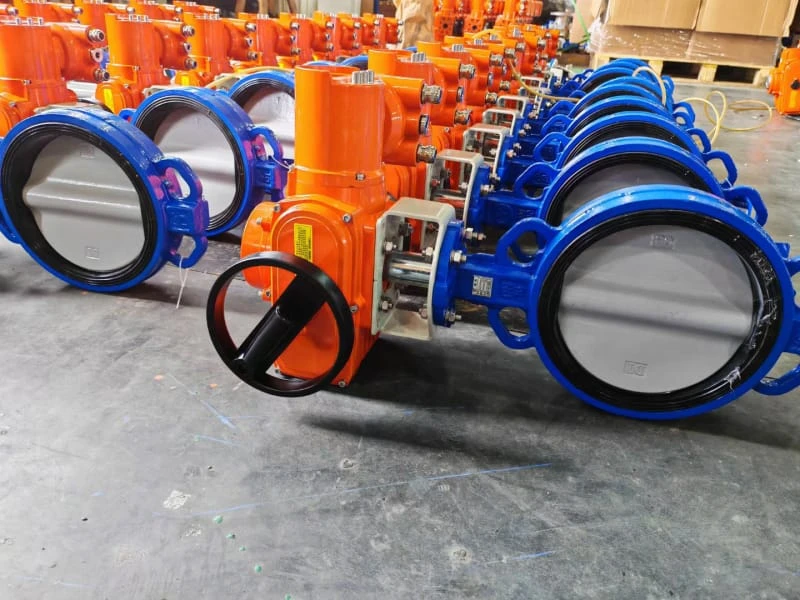
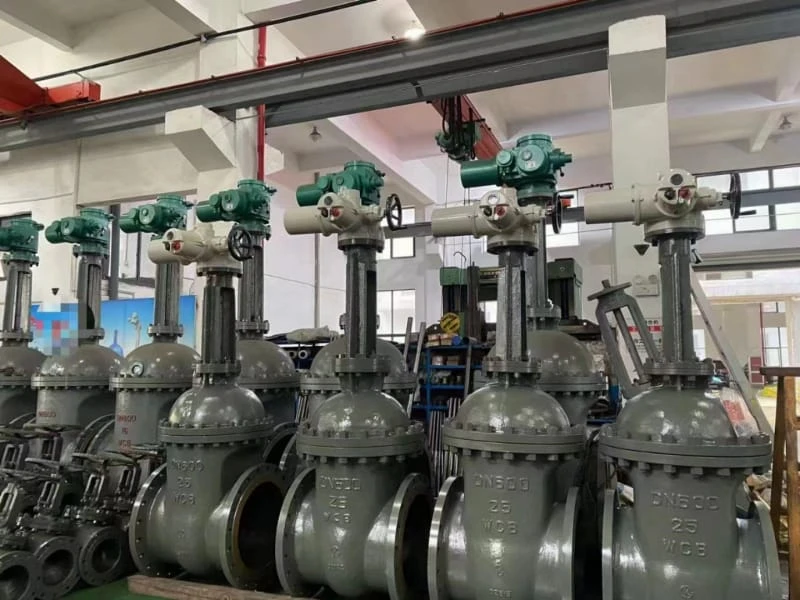

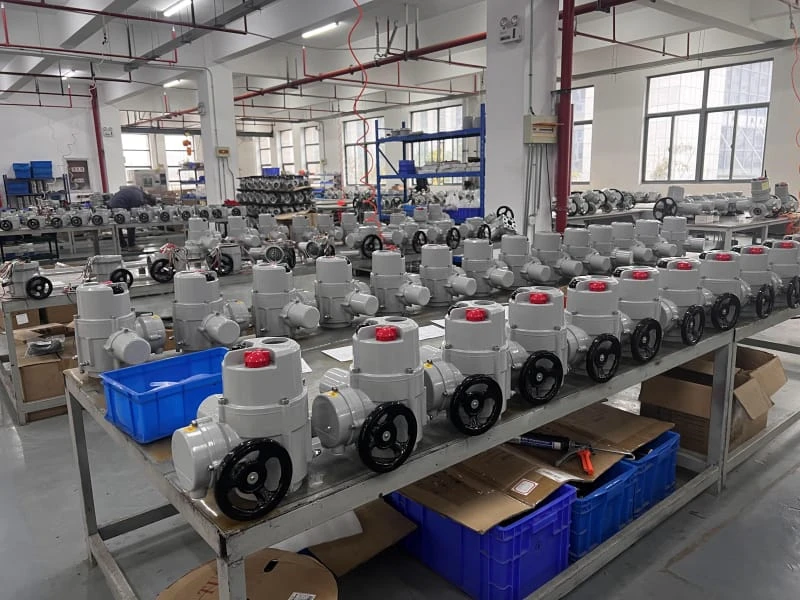
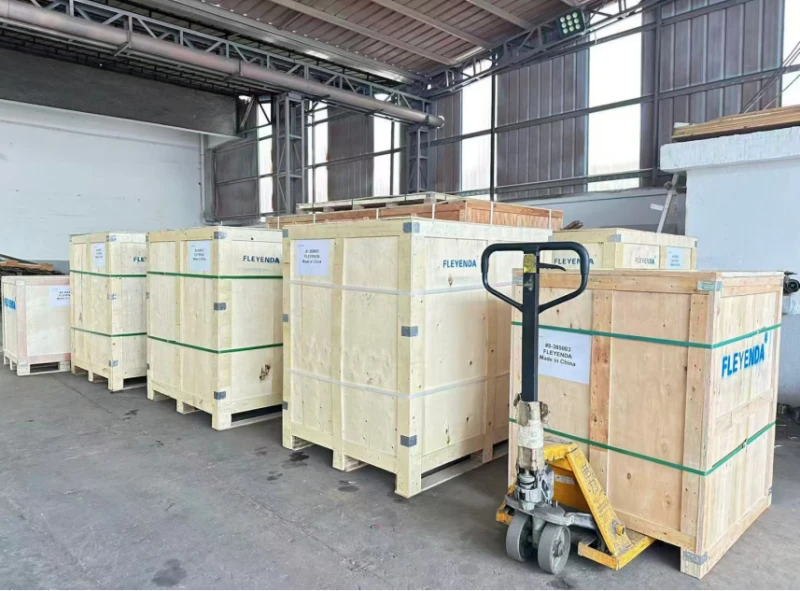
FAQs That 80% Users Interest
1. Which flow-path configuration (L-port or T-port) is suitable for a motorized three-way flanged ball valve?
• L-port is used for flow diversion, while T-port supports mixing or distribution.
• Check the valve’s flow diagram and port labeling before installation.
• Ensure the actuator rotation matches the selected flow path.
• Choose a convertible design if both diversion and mixing may be required.
2. How to integrate an electric actuator on a flanged three-way ball valve into an automation system?
• Use an ISO 5211 mounting interface for direct alignment.
• Match voltage and control signals with PLC or DCS systems.
• Include limit switch or torque feedback for position monitoring.
• Plan wiring to keep connections accessible and protected from vibration.
3. What maintenance and environmental factors ensure long-term reliability?
• Confirm actuator protection level (IP67/IP68) fits the installation environment.
• Inspect bolts, seals, and body regularly for corrosion or leaks.
• Keep operation within rated pressure and temperature limits.
• Use compatible materials and clean components handling corrosive media.
4. How to select the right size and pressure rating for a flanged electric three-way valve?
• Match the nominal size and flange standard to existing piping.
• Ensure rated temperature and pressure exceed system conditions.
• Choose materials and seat types suitable for the controlled fluid.
• Consider flow coefficient (Cv) and actuator torque when sizing.
5. What advantages does a motorized three-way flanged ball valve offer over manual or pneumatic types?
• Enables remote automated operation and precise control.
• Simplifies installation compared with threaded or welded types.
• Reduces the number of valves required for mixing or diverting.
• Provides longer service life and lower maintenance cost.
